Optimal Timing for Siding Service
Choosing the optimal time for siding service depends on several factors including weather conditions, temperature, and project scope. Proper timing ensures quality installation, durability, and minimal disruption. Typically, the most suitable seasons are spring and fall when weather is moderate and conducive to outdoor work.
Spring offers milder temperatures and longer daylight hours, ideal for siding installation. It reduces the risk of weather-related delays and allows siding to properly set before harsher weather arrives.
Fall provides cool, stable weather conditions, making it suitable for siding projects. Scheduling in fall can also help prepare a home for winter by ensuring the exterior is well-sealed.
High summer temperatures can affect siding materials and installation quality. Extreme heat may cause materials to expand or contract, leading to potential issues.
Winter is generally less ideal due to cold temperatures and potential snow or ice, which can hinder installation and curing processes.

Technicians working on siding during spring with clear weather and mild temperatures.
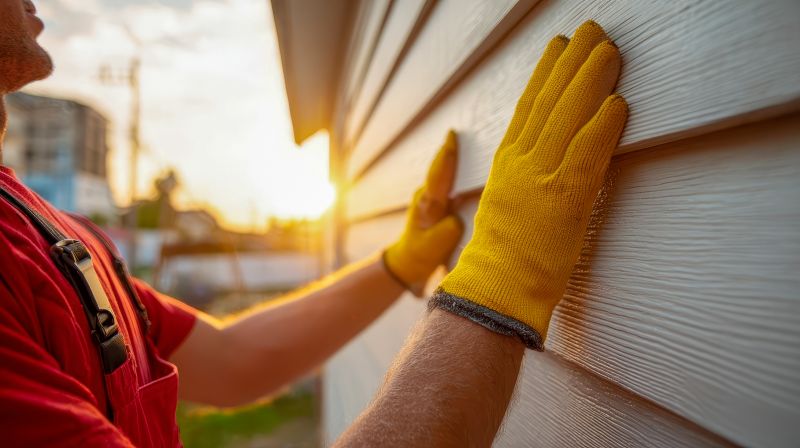
Homeowner inspecting siding installation in autumn conditions.
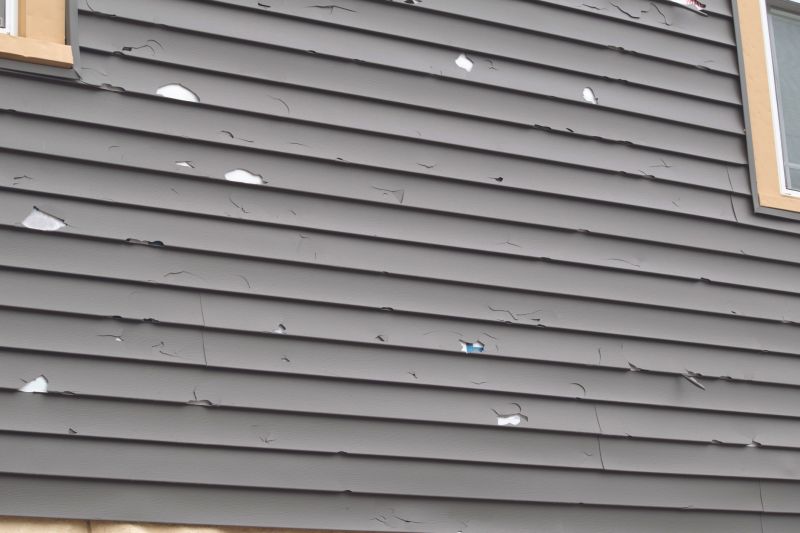
Siding materials expanding under the summer sun, highlighting the importance of timing.
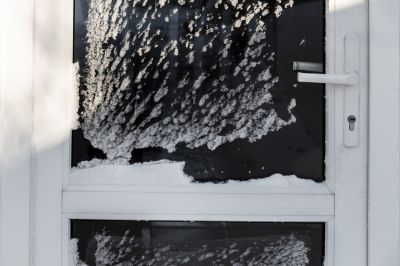
Snow and cold temperatures impacting siding work schedule.
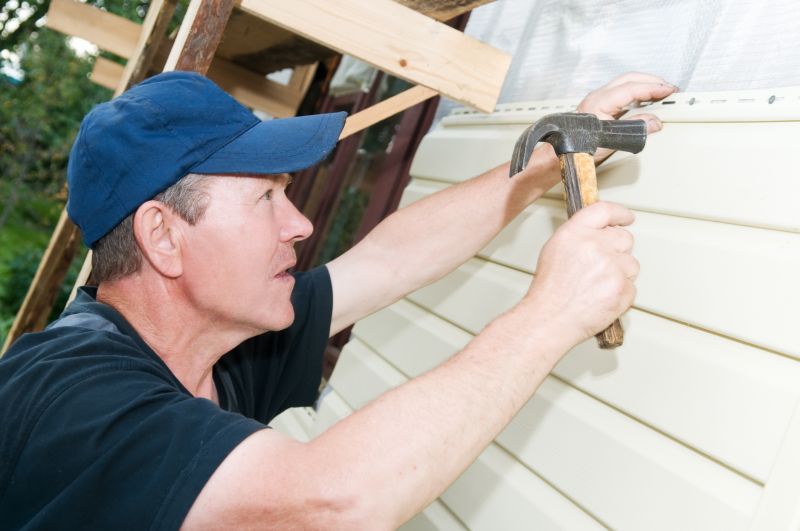
Proper siding installation to withstand seasonal weather variations.
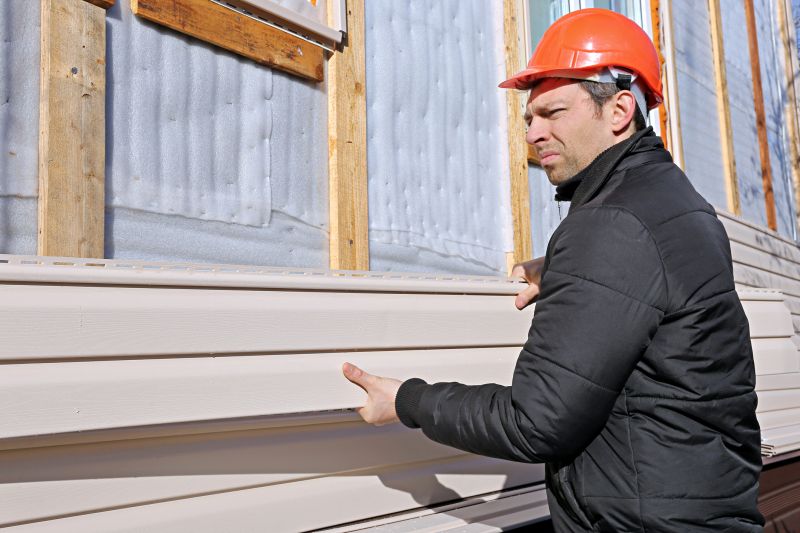
Technicians installing siding in optimal weather conditions.
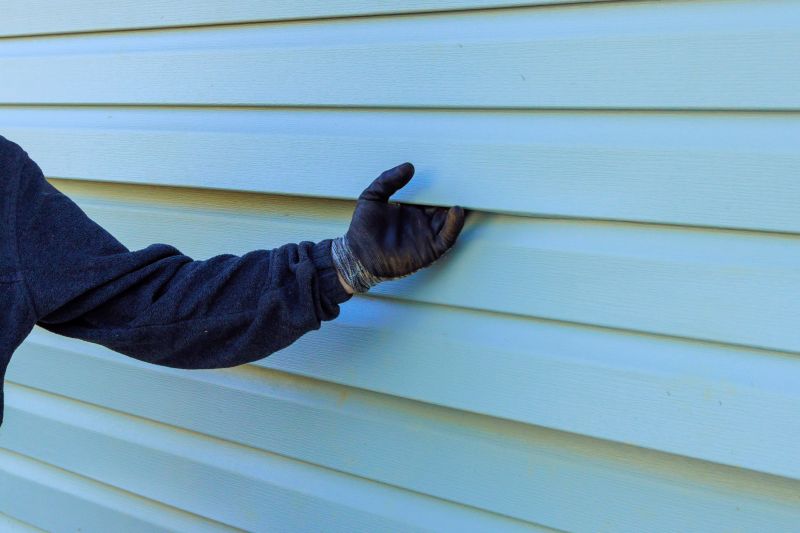
Homeowners discussing siding options and scheduling during favorable seasons.

Use of high-quality siding materials suited for seasonal weather.
| Season | Ideal Conditions |
|---|---|
| Spring | Moderate temperatures, low humidity, longer days |
| Fall | Cool weather, stable temperatures, less rain |
| Summer | High temperatures, risk of expansion and warping |
| Winter | Cold temperatures, snow, and ice |
Siding service enhances the exterior appearance and structural integrity of a property. Proper installation protects against weather elements, reduces energy costs, and increases curb appeal. The choice of timing plays a critical role in ensuring siding performs as intended and maintains its appearance over time.
Statistics indicate that scheduling siding projects during spring or fall can reduce weather-related delays by up to 30 percent. Additionally, proper timing can extend the lifespan of siding materials by preventing premature wear caused by extreme weather conditions. Planning ahead and selecting the right season ensures a durable, attractive, and long-lasting exterior.
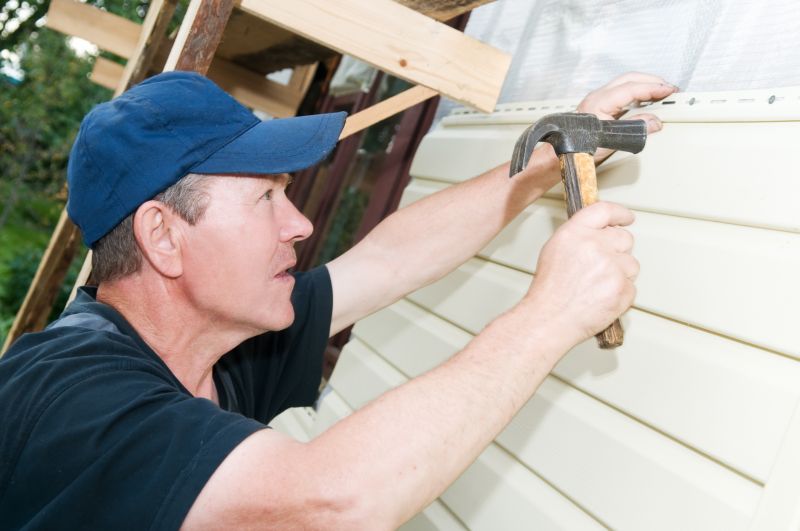
Technicians installing siding during springtime weather.

Home exterior being prepared for siding installation in fall.

High-quality siding materials suited for seasonal changes.

Experienced technicians performing siding work in optimal conditions.

Ways to make Siding Service work in tight or awkward layouts.
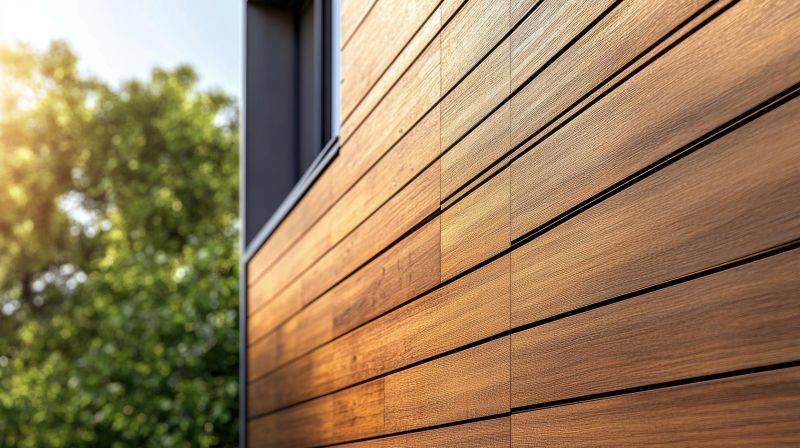
Popular materials for Siding Service and why they hold up over time.
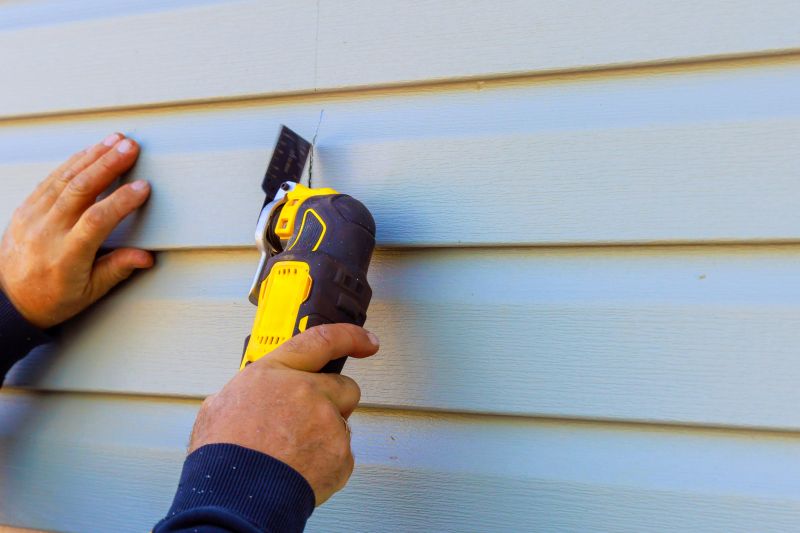
Simple add-ons that improve Siding Service without blowing the budget.
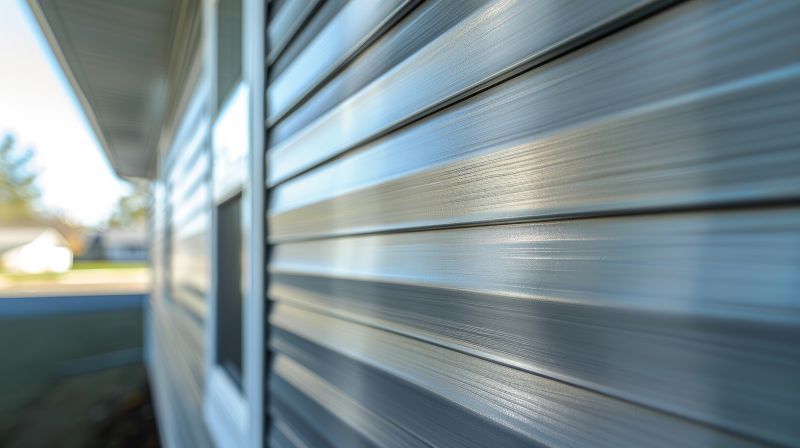
High-end options that actually feel worth it for Siding Service.
Interested in scheduling siding service? Filling out the contact form provides an opportunity to discuss project timing, material options, and scheduling preferences to ensure the best results for property exterior improvements.

